ELRV Program: Electric Reconnaissance Vehicle for the US Army
The US Army is exploring the possibility of introducing promising technologies into familiar areas. In particular, the issue of creating a multipurpose vehicle with an electric or hybrid power plant is being studied. By now, the army has determined the approximate appearance and characteristics of the machine it needs, and now the search for the necessary technologies is underway.
Electrical Perspectives
Since the middle of the last decade, the Pentagon has been working on the Light Reconnaissance Vehicle (LRV) program to create a "light reconnaissance vehicle". The program has long gone to the stage of testing and comparing the presented samples, but it is still far from its completion. Subsequently, the LRV program was expanded with an eye to new technologies. It is proposed to develop a hybrid or electric modification of such a car. This project received the designation eLRV.
The reasons for the army's interest in electric vehicles are obvious. This technique is practically silent, has high running and dynamic characteristics, etc. It is easier to equip an electric machine with one or another equipment that needs power supply.
It is also planned to reduce some risks with the help of electric motors. Tank trucks with fuel delivered to the unit are a priority target, and their defeat threatens combat effectiveness. Electric vehicles are supposed to allow the tanks to be left in a safe area and to transfer power without the risk of destroying them. The rescue of the auxiliary equipment will have to compensate for all other difficulties, disadvantages and costs.
ELRV is currently being considered as a research program necessary to study available and promising technologies. The results of current tests and studies are planned to be used in future projects.
Light reconnaissance electric vehicles eLRV are expected at test sites and, possibly, in the army by 2025. Then they can start developing other models, incl. other classes. However, a full-fledged transition of the army's vehicle fleet to electric traction is not yet planned. According to modern calculations, this will take several decades, which is impractical.
At the same time, even the development of the first project is still in question. In 2019-21. The US military budget provides minimum costs for eLRV. They are sufficient for testing and research, but they do not meet the tasks of a full-fledged design. Therefore, development can only begin in FY2022.
Technology demonstration
Several dozen American organizations and companies participate in the eLRV program in various roles. Some of them already have ready-made projects or are completing their development - there are about a dozen of them so far. Others participate as suppliers of components.
Back in 2019-20, the Pentagon defined the general requirements for the eLRV machine. In 2020-21. applications were accepted, and the so-called. market reviews. The last such document came out in April this year. At that time, the main participants in the program had already been identified and a plan for further events had been drawn up.
In May, the first practical events took place at Fort Benning. Ten organizations participating in the program delivered their equipment and project materials to the landfill. At the same time, only two presented samples meet the requirements and have an electric power plant. The remaining eight are equipped with internal combustion engines, but are said to have electrical components in the future.
The results of the tests performed were not reported. At the same time, the army clarified that they will be taken into account when forming the terms of reference for a full-fledged project. The first version of such a document is planned to be drawn up by the end of summer, after which they will open accepting applications for participation in the competitive stage. The related contracts will be signed in FY2022.
The customer plans to select up to four competitive projects to be developed. Phase 2023 of the design will not start until FYXNUMX at the earliest. At this stage, taking into account the accumulated experience, the final version of the terms of reference will be developed. In addition, an accurate plan for the procurement and implementation of equipment in the army will be drawn up. The timing of the choice of the winner and the signing of the contract for production vehicles for the troops have not yet been announced.
Requirements and applicants
So far, the requirements for the eLRV product are very general. A more accurate version of them will be determined later, based on the results of the first stage of the competition. However, it is already clear what exactly and why the army wants.
The bulk of the requirements for eLRV repeats the terms of reference for the basic LRV design. It is envisaged to create a light, unprotected two-axle vehicle for transporting several people and cargo of limited mass. It is necessary to ensure the transportation of the vehicle by air using C-130 aircraft or CH-47 helicopters.
The specific requirements for an electric or hybrid power plant have not yet been determined - these issues will be addressed in the framework of current and future tests. At the same time, the car must have driving and dynamic characteristics not lower than that of the existing HMMWV or LRV. At the same time, it is necessary to realize the benefits associated with the use of electric motors. Machine batteries must provide a range of at least 300 miles (more than 480 km). The design must use the maximum number of off-the-shelf commercial components.
LRV and eLRV must carry at least 4-5 people with cargo. There must be attachment points for various weapons; the machines are planned to be equipped with machine guns of normal caliber, missile systems, etc.
As an answer to such requirements, we can consider an experienced electric vehicle from General Motors Defense, which participated in the May tests. This machine was made on the basis of the ISV product for the LRV program by replacing key units and rebuilding individual elements. The LRV chassis is built on units from the Chevrolet Colorado ZR2 commercial pickup truck, and the new electrical components are taken from the Chevrolet Bolt EV.
The Bolt EV is powered by a 300hp three-phase electric motor. Power supply is provided by a 60 kWh battery. There is also advanced power electronics that provide efficient power consumption with high performance. The power reserve is 380 km.
Another participant in the program will be General Dynamics Land Systems with an AGMV vehicle. The next modification of this car will receive an electric power plant. The characteristics of such a sample have not yet been reported.
Reserve for the future
The launch and continuation of the eLRV program, as well as some other promising projects, show that the US Army is seriously interested in the topic of electric and hybrid vehicles. However, the Pentagon is in no hurry and does not intend to develop full-fledged models of equipment that meet all the requirements and are suitable for operation in the troops. At the moment, we are only talking about the study of modern technologies in the context of their military application.
In the next fiscal year, the eLRV program should receive sufficient funding. This will lead to new benchmarking tests evaluating technologies and solutions. Then conclusions will be drawn and, possibly, a new stage of the program will start - this time aimed at creating a full-fledged project. It is also possible to start the development of equipment of other classes.
In general, the Pentagon positively evaluates electric vehicles as a replacement for vehicles with internal combustion engines. However, the real prospects for this direction are still uncertain. They will be found out only after a few years, after the necessary research and tests have been carried out. Based on the results of these activities, plans will be drawn up for the further development of the vehicle fleet. And it is quite possible that electric vehicles will play a significant role in them.
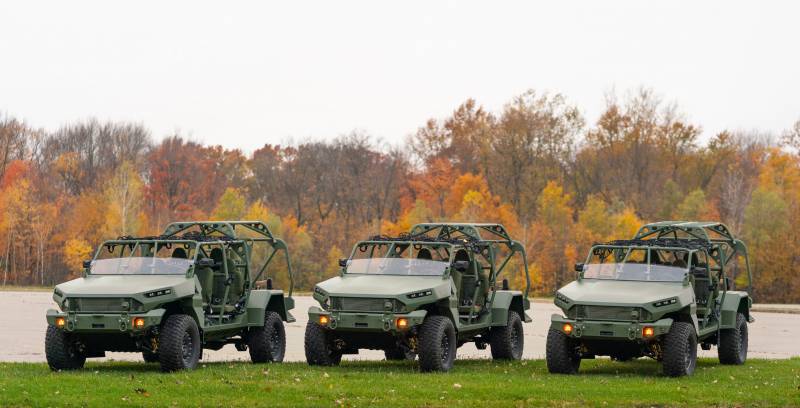

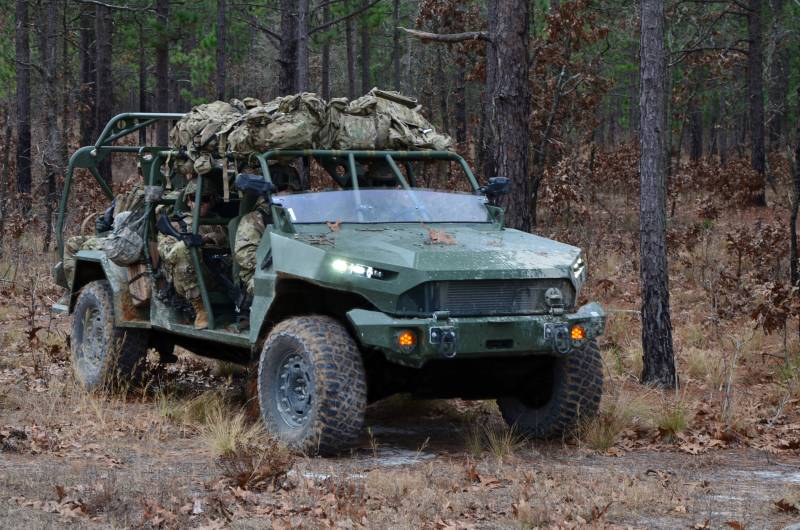
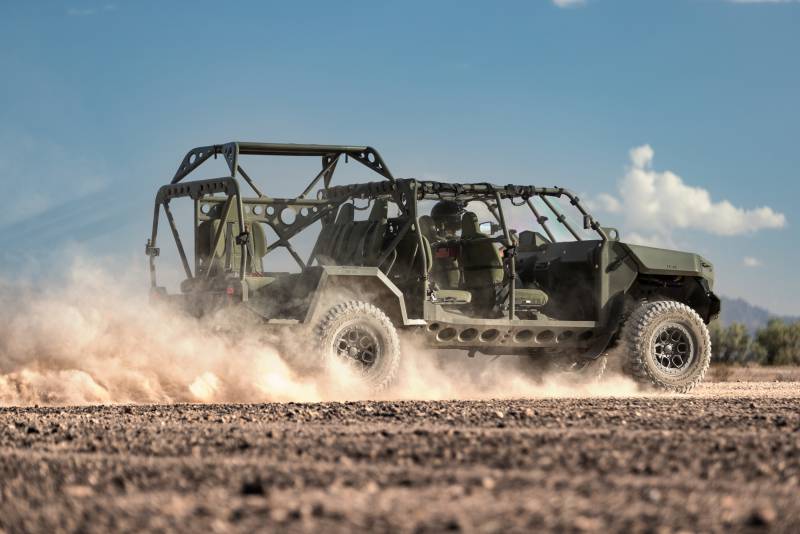
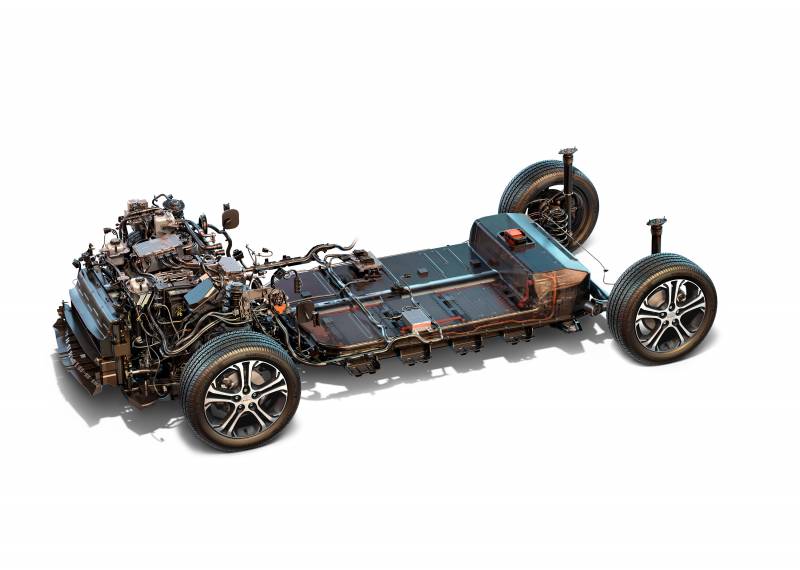
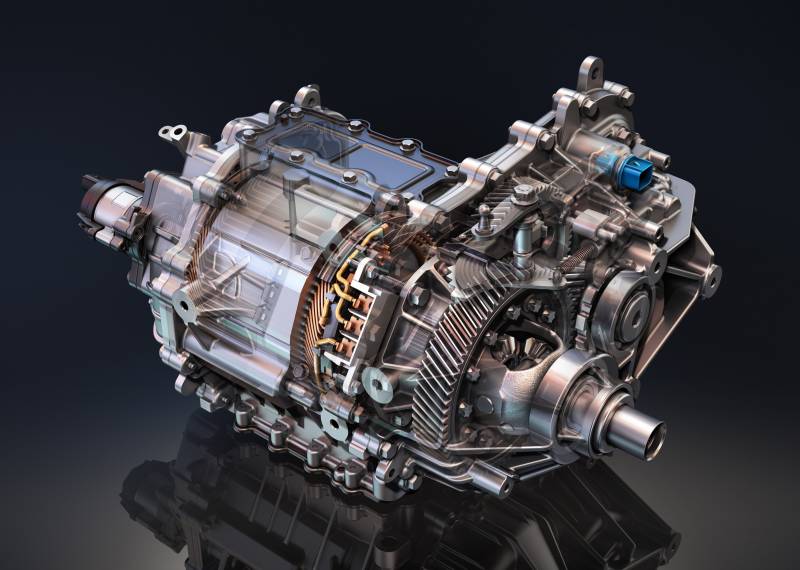
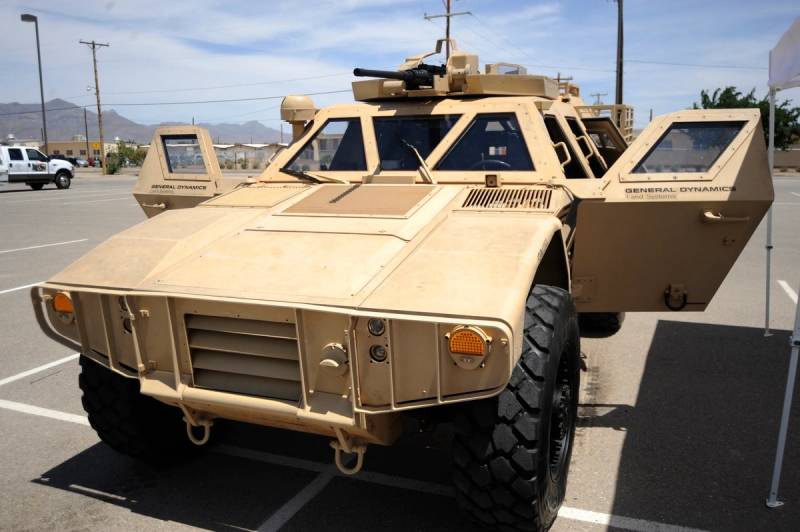
Information